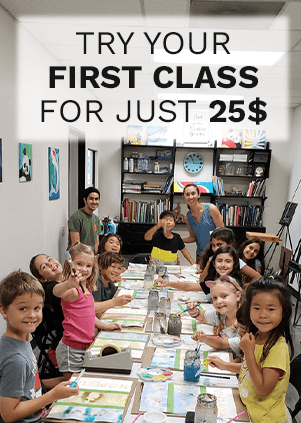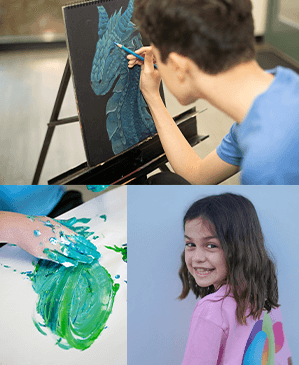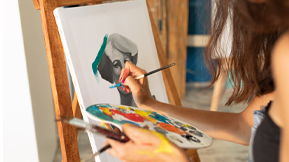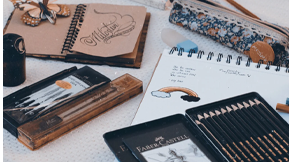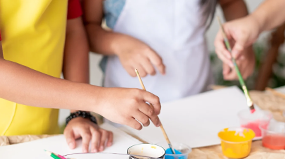Pencil drawing is a fundamental skill for any aspiring artist. Whether you’re just starting or looking to refine your technique, mastering the basics can set the foundation for more complex artistic ventures. In this beginner’s blog, we’ll cover ten essential techniques to help you become proficient in pencil drawing.
1. Choosing the Right Tools
Before you begin, it’s crucial to have the right tools. Here are the essentials:
- Pencils: Ranging from hard (H) to soft (B) leads. A standard set usually includes 2H, HB, 2B, and 4B pencils.
- Paper: Smooth or slightly textured paper works best for pencil drawings. Start with a sketchbook designed for drawing.
- Erasers: A kneaded eraser for soft corrections and a vinyl eraser for more precise erasing.
- Sharpener: A good quality sharpener to keep your pencils in perfect condition.
2. Understanding Pencil Grades
Pencils come in various grades, which is the hardness or softness of the lead. Hard pencils (H) are great for light, precise lines, while soft pencils (B) create darker, bolder lines. Understanding how to use these different grades will improve your ability to add depth and dimension to your drawings.
3. Mastering Basic Strokes
Practicing basic strokes is essential for controlling your pencil.
Here are some to try:
- Hatching: Drawing parallel lines to create shading.
- Cross-Hatching: Layering intersecting lines to build up texture and tone.
- Stippling: Using small dots to create texture and shading.
- Scumbling: Using small, circular motions to create a soft texture.
4. Learning to Hold the Pencil
How you hold your pencil affects the outcome of your drawing. For detailed work, hold the pencil close to the tip. For looser, more expressive strokes, hold it further back.
Experiment with different grips to find what works best for you.
5. Developing Line Quality
Varying the pressure and speed of your strokes can create different line qualities. Practice drawing lines with varying pressure to achieve a range of thickness and darkness. This skill is crucial for adding depth and interest to your drawings.
6. Shading Techniques
Shading adds volume and realism to your drawings. Here are some techniques to practice:
- Gradient Shading: Gradually transition from light to dark to create a smooth gradient.
- Blending: Using tools like a blending stump or tissue to smooth out pencil strokes.
- Layering: Building up layers of shading to achieve the desired darkness and texture.
7. Creating Textures
Textures add realism and interest to your drawings.
Experiment with different techniques to represent various surfaces, such as wood, metal, and fabric. Use reference images to study and replicate textures.
8. Understanding Light and Shadow
Light and shadow are essential for creating depth. Study how light interacts with objects, and practice drawing the effects of light and shadow.
Understanding concepts like light sources, cast shadows, and highlights will enhance the realism of your drawings.
9. Practicing Proportions
Accurate proportions are crucial for realistic drawings. Practice drawing simple shapes and gradually move to more complex forms. Use techniques like measuring with your pencil or using grid lines to ensure accuracy.
10. Observing and Sketching from Life
Drawing from real life is one of the best ways to improve your skills.
Spend time observing and sketching objects, people, and scenes around you. This practice will train your eye to see and replicate details accurately.
Conclusion
Mastering pencil drawing takes time and practice, but by focusing on these ten essential techniques, you’ll build a strong foundation. Remember to be patient with yourself and enjoy the process of learning and creating. Happy drawing!


